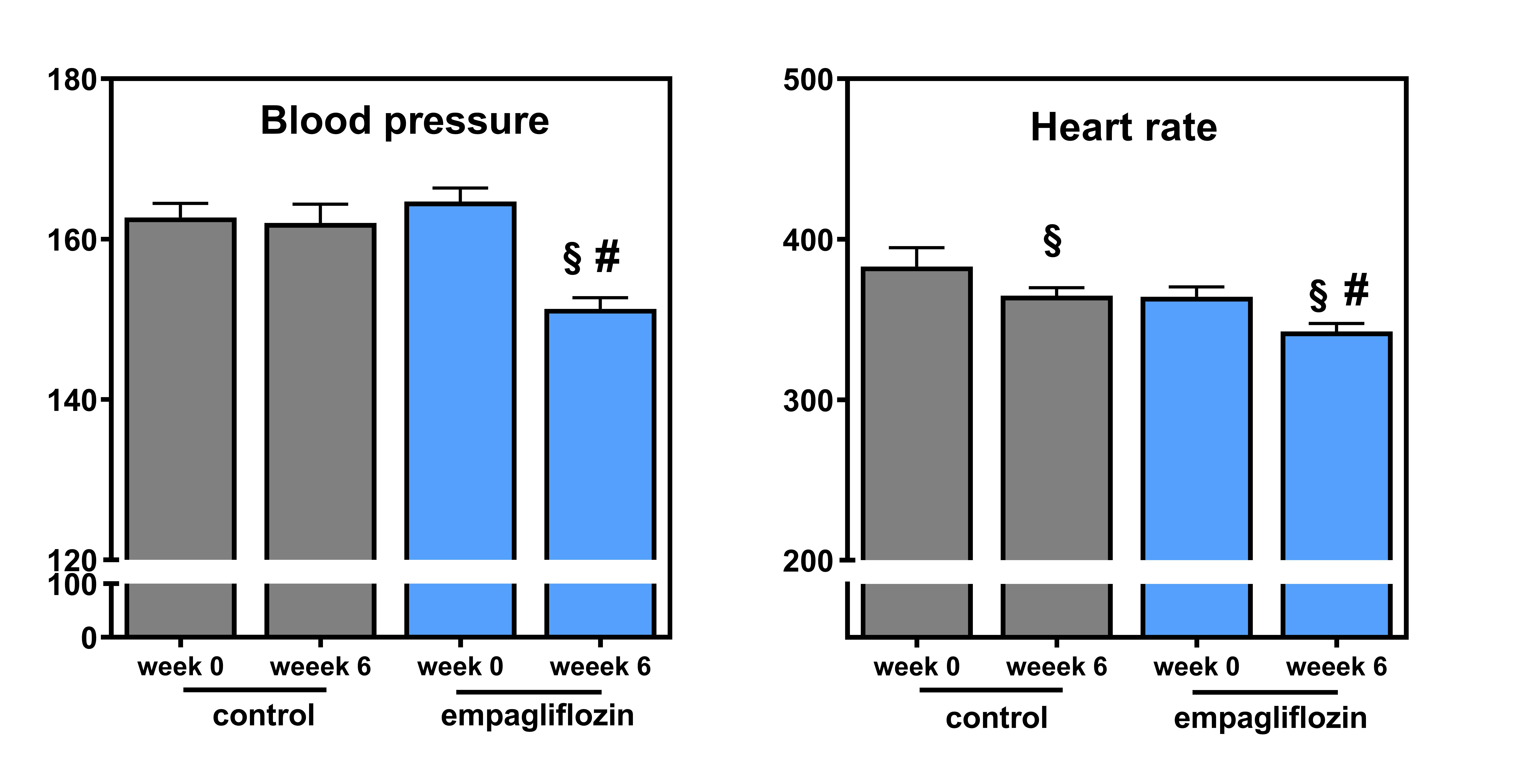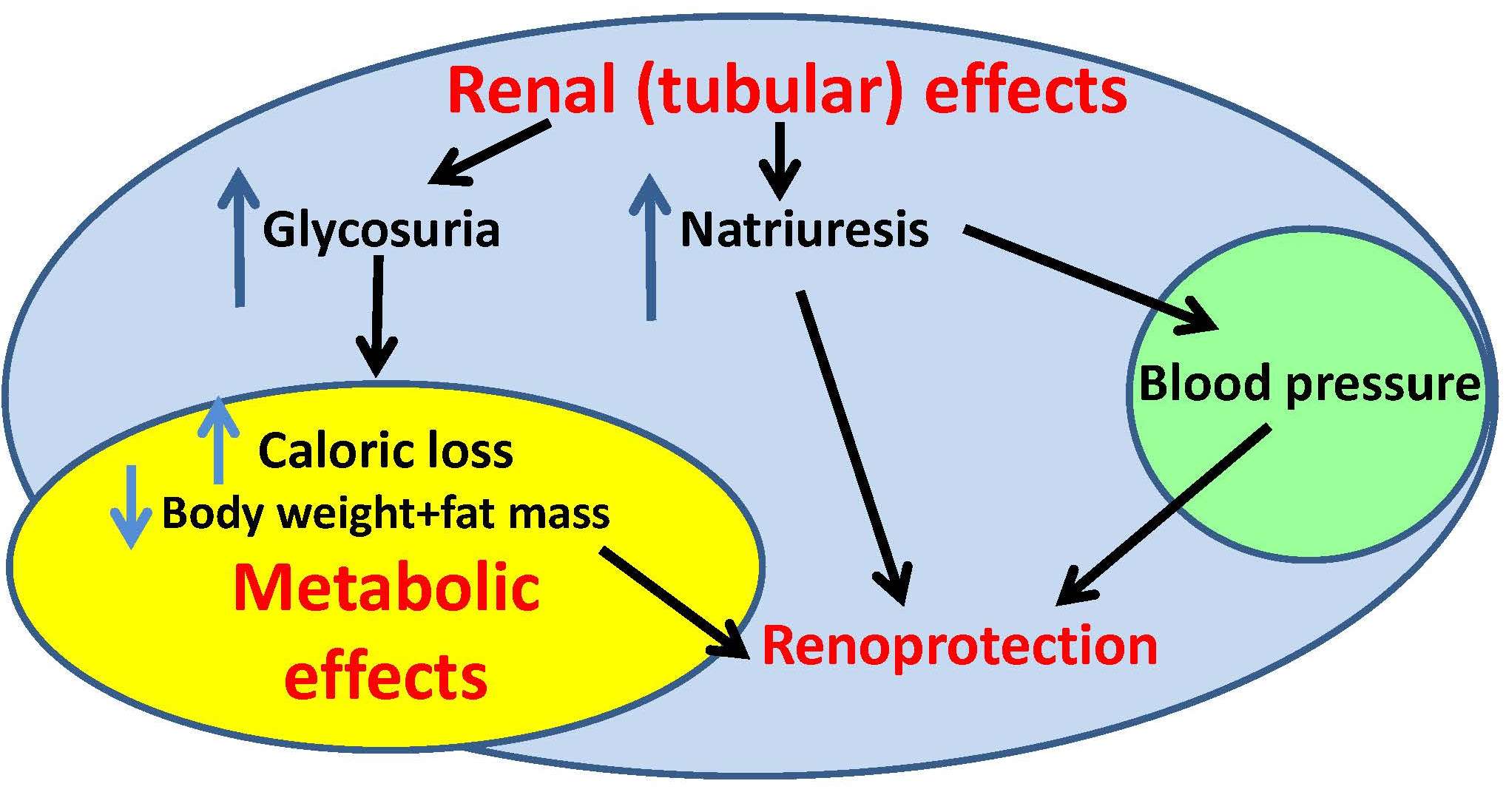Gliflozins - more than just antidiabetics
Gliflozins are commonly prescribed for the treatment of diabetes (patients may know e.g. empagliflozin under the brand name Jardiance). Gliflozins inhibit the activity of sodium-glucose transporter in kidneys, which leads to higher glucose excretion in urine and normalization of blood glucose levels. Besides alleviation of hyperglycemia, other beneficial effects were observed in patients taking gliflozins, including decreased body weight, reduced blood pressure or improved kidney function. How this is possible? Here comes the right time to take a step backwards and to look once again and in greater detail on gliflozins effects in rodent models. And that is exactly what dr. Vaneckova and her colleagues from IKEM and departments of IPHYS are doing. They characterized the effects of empagliflozin in various non-diabetic rodent models prone to hypertension (Ren-2 transgenic rats; TGR) and lipid imbalance (hereditary hypertensive rats). Although the details of treatment effects vary among the individual models, empagliflozin generally attenuated inflammation, and normalized plasma and tissue lipid levels. In addition, it inhibited the activity of sympathetic nervous system, which resulted in a decrease of blood pressure in TGR. Hopefully, this and similar findings will allow to extend the use of gliflozins in the future to more diagnoses than just diabetes.


Hojná S, Rauchová H, Malínská H, Marková I, Hüttl M, Papoušek F, Behuliak M, Miklánková D, Vaňourková Z, Neckář J, Kadlecová M, Kujal P, Zicha J, Vaněčková I. Antihypertensive and metabolic effects of empagliflozin in Ren-2 transgenic rats, an experimental non-diabetic model of hypertension. Biomed Pharmacother. 2021 Dec;144:112246. Epub 2021 Oct 1. IF-5,98, DOI
